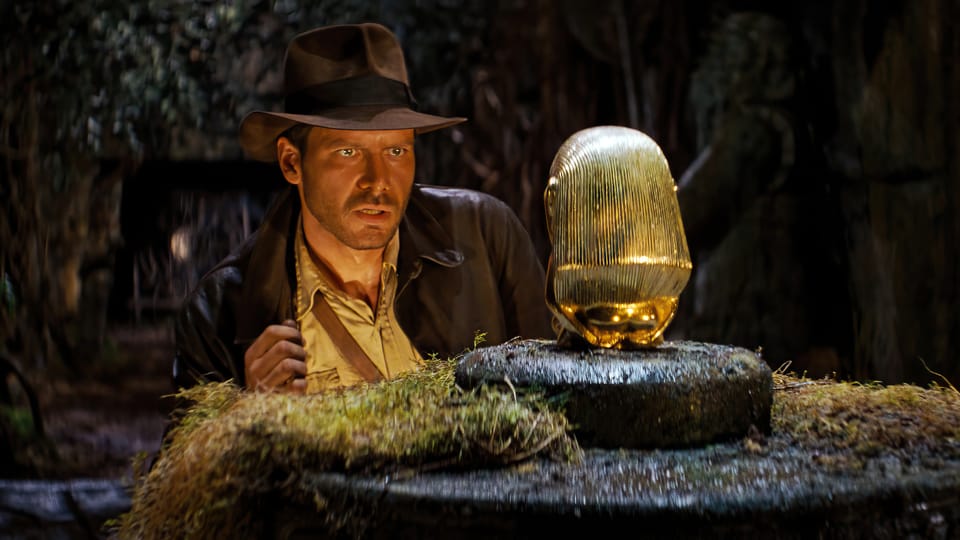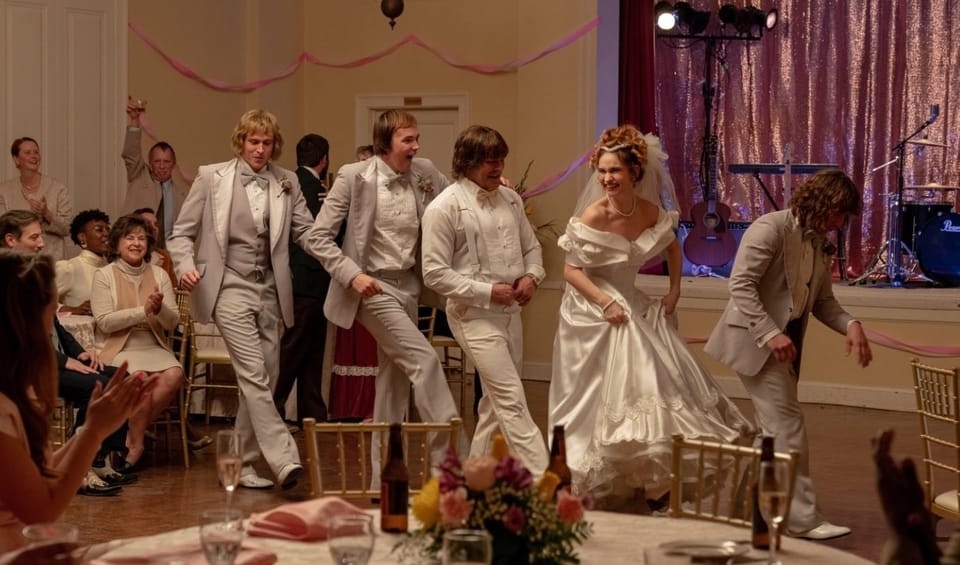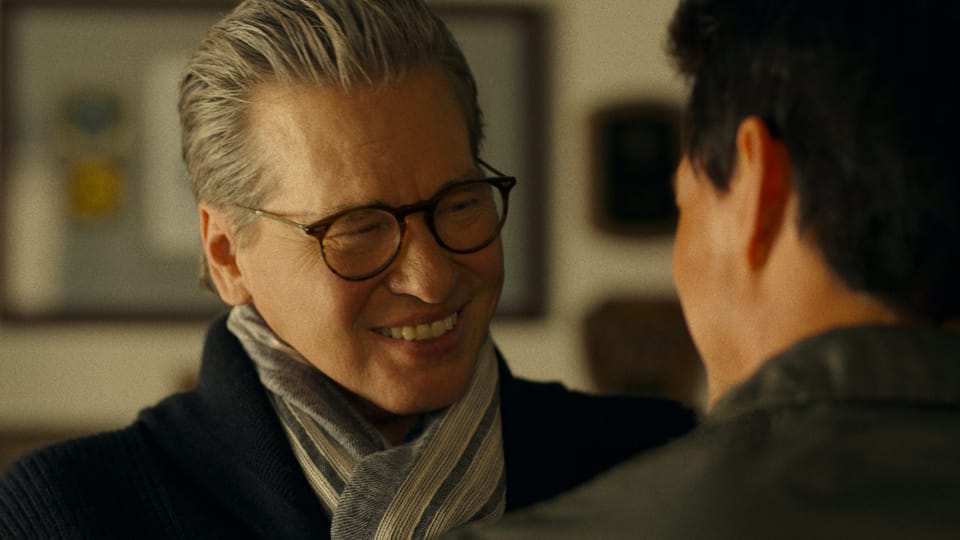Does your protagonist really need an emotional wound?
Past wounds or traumas can help motivate and explain choices but do not replace them as the defining trait of character.

The Story and Plot Weekly Email is published every Tuesday morning. Don't miss another one.
Last week, I wrote about different screenplay notes, how to interpret them, and where to look first to possibly fix them.
A very smart reader added that in the case of “not caring about the protagonist,” one should look at their emotional wound. That is, what trauma must be healed?
This was a good addition, I think. If you were not a subscriber yet, we discussed such things in more detail in the January 15th Weekly Email.
Click here to read Your Protagonist Doesn't Have To Be Likable.
But it also got me thinking about a growing trend to emphasize and rely on the concept of past trauma to define and explain a character.
I see it often, and at least one person I know was determined to inject an emotional wound into their screenplay come hell or high water because they thought they needed to.
So my question is this:
Is an emotional wound necessary for a protagonist?
First, let's review how I define a character. As I have written before, I define a character by:
- What the character wants.
- What they’re willing to do to get it.
We illustrate these through the choices the character makes.
Past wounds or traumas can help motivate and explain choices, but they do not replace them as the defining instrument.
So when would we need to dig deep into a character’s emotional wounds?
Sometimes, there is a good reason for the trauma.
1. When it’s the film's whole story and plot.
- ORDINARY PEOPLE
- THE PRINCE OF TIDES
- GOOD WILL HUNTING
- MANCHESTER BY THE SEA
My goodness, those are some of my favorite movies.
2. When it helps explain unique and/or unattractive behavior
- CITIZEN KANE
- ALL THAT JAZZ
- GRAN TORINO
- PROMISING YOUNG WOMAN
- THE HOLDOVERS
3. When the movie IS the Trauma
- ROOM
- MOONLIGHT
- WHIPLASH
But what about —
When the plot isn't demanding it?
Both GRAVITY and FINDING NEMO come to mind here.
We need not justify a father desperately trying to find his lost son. Nor do we have to justify an astronaut trying to survive.
However, in both examples, the character traumas are used as secondary obstacles to the action. They become the story. Both characters need to find some peace with their trauma in order to succeed.
The wounds thematically unify the pieces and deepen the triumph.
Does it work? I love both movies, so I think so. Both were fantastic use of the transformation being the key that unlocks the victory.
But were the traumas necessary? I’m not so sure.
Sandra Bullock’s character reuniting with her child could have been just as emotionally satisfying as deciding to finally embrace life again after her child’s death.
It was simply a choice the filmmakers made. One over the other.
This is in contrast to, say, MANCHESTER BY THE SEA, which, without the past trauma, what even is that story?
The risks of adding an emotional wound.
One danger is FORCING a trauma onto a character when neither the story nor the plot wants one.
A film I wrote several drafts on, HAUNTING OF THE QUEEN MARY did this very thing. The director decided that the main character needed a trauma on top of all the traumatic things that were happening.
He wrote a monologue revealing the emotional wound, but it fell completely flat. It was unmotivated, unnecessary, and trivial, given the horror around them.
Not only did it fail to improve the story, it somehow even made the film worse.
Another danger is the idea that the trauma is what needs to be fixed rather than the unskilled coping mechanisms that were the reaction to the trauma.
I don't want to turn this into a psychology newsletter (that's a lie, I do, but that doesn't mean I will), but it's the unskilled coping that lingers and continues to do damage in life, not the trauma itself.
In dramatic terms, this unskilled coping manifests itself in:
- What the character wants.
- What they’re willing to do to get it.
You see what did there? Right back where we started.
I am a huge fan of THE SHALLOWS, but Blake Lively's decision to go back to med school in the end feels a little insignificant after watching several people eaten alive.
It doesn't hurt the film, but it doesn't add to it. It just checks the box of grief over her deceased mother and moves along. In the end, people only remember the shark.
Focus on the character's wants.
I am convinced we over-complicate when we should simplify. When lost and indecisive, focus on fundamentals.
The three primary elements of drama are:
- Somebody wants something. (Objective)
- They're having trouble getting it. (Obstacle)
- Something will happen if they fail. (Stakes)
A simple way to track a character's transformation through a single story structure:
- What do they THINK they want? This is the character coming out of Act 1.
- What do they realize they REALLY want? This is the character going into Act 3.
- What do they FEAR? This is the thing that has prevented them from realizing #2 before.
We covered this in more detail back in September:
Click here to read Character is Story. Story is Character.
Why is this better? Because it tracks their emotion through dramatic action.
The trauma or emotional wound may help explain #1 (the want), or it may affect #3 (the obstacle), but it still comes down to a character's action:
1) What they want, and 2) What they're willing to do to get it.
If the character changes, one or both of those things will change.
It is not enough to simply be "over" the trauma. They must change their behavior.
We illustrate this by their choices, culminating in the Sacrifice of Act 3.
Does the emotional wound help tell your story?
That is the only question worth asking. Does it fit and feel truthful to your character?
Do you need it to get your protagonists (or anyone) from A to B?
Some emotional wounds are at the heart of the story. Some are needed to reveal the nature of the behavior, and sometimes, a character just transforms without an emotional wound at all, or at least one the audience never knows about.
If the story doesn't want it, do not ram it in there.
Watching someone grow is just as compelling as watching someone heal.
Every story has its own integrity, and until you sell away the rights, you are its only guardian.
That's a wrap
Keeping it short this week. I hope this has given you something to think about with your work-in-progress and anything else simmering up there.
Tom
The Story and Plot Weekly Email is published every Tuesday morning. Don't miss another one.
When you're ready, these are ways I can help you:
WORK WITH ME 1:1
1-on-1 Coaching | Screenplay Consultation
TAKE A COURSE
Mastering Structure | Idea To Outline




